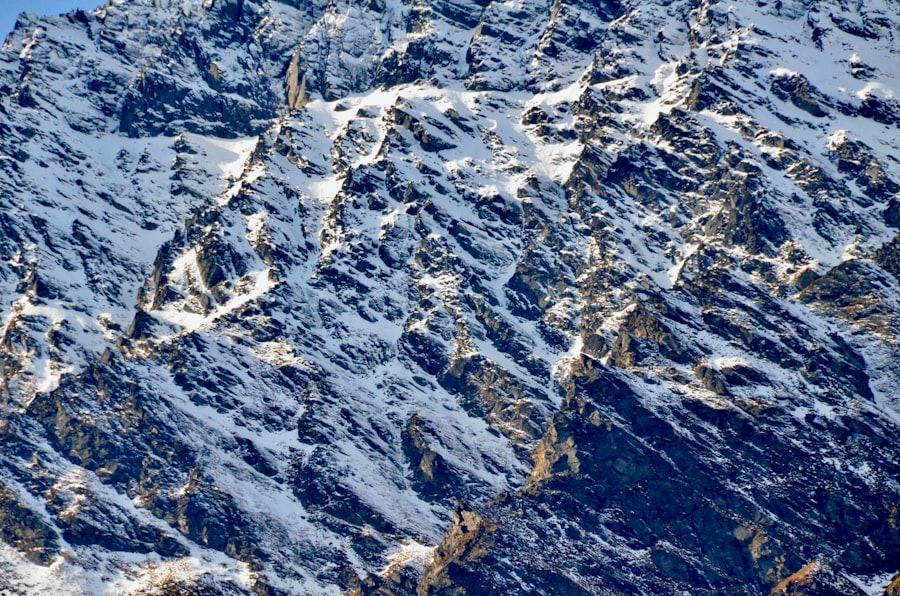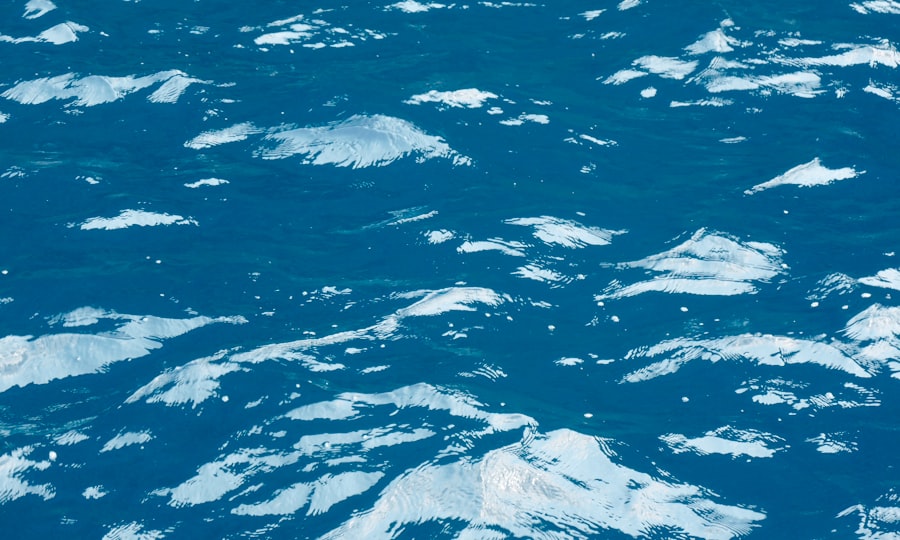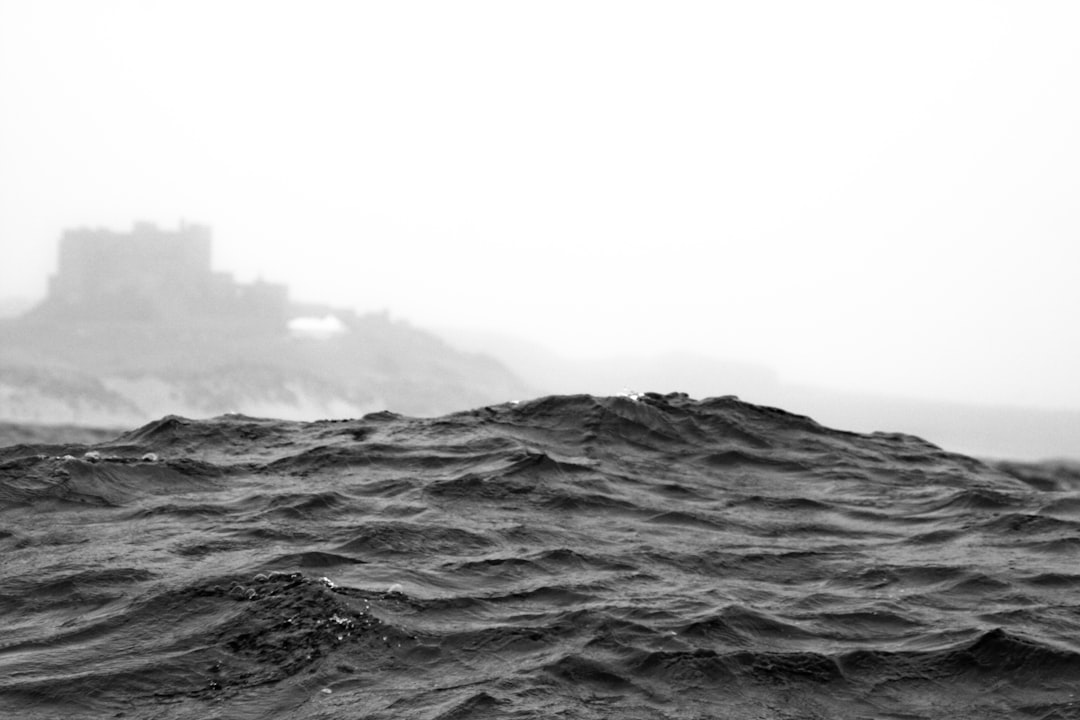The Drake Passage, a body of water located between the southern tip of South America and Antarctica, is renowned for its tumultuous seas and unpredictable weather patterns. Stretching approximately 800 kilometers (500 miles) from Cape Horn to the Antarctic Peninsula, this passage serves as a critical maritime route for vessels traveling to and from the Antarctic region. The Drake Passage is not only significant for its geographical location but also for its unique ecological and climatic characteristics.
It is often described as one of the most challenging waterways in the world, attracting adventurers, researchers, and tourists alike who seek to experience its raw beauty and formidable nature. Navigating the Drake Passage is an endeavor that requires careful consideration and preparation. The waters are notorious for their rough conditions, which can change rapidly due to various environmental factors.
As such, understanding the intricacies of this passage is essential for anyone planning to traverse it. The Drake Passage is not merely a physical barrier; it represents a confluence of oceanic currents, weather systems, and wildlife that together create a dynamic and often unpredictable marine environment.
Key Takeaways
- The Drake Passage is a notoriously rough stretch of water between South America and Antarctica.
- Factors such as strong winds, currents, and the convergence of the Atlantic, Pacific, and Southern oceans contribute to rough seas in the Drake Passage.
- Sea conditions in the Drake Passage vary seasonally, with the austral summer being the most favorable for smoother sailing.
- Weather systems, including low-pressure systems and storms, can significantly impact sea conditions in the Drake Passage.
- Historical data shows that rough seas are common in the Drake Passage, but proper navigation and safety precautions can mitigate risks for travelers.
Factors that Influence Rough Seas in the Drake Passage
Several factors contribute to the notoriously rough seas experienced in the Drake Passage. One of the primary influences is the confluence of the Atlantic and Pacific Oceans, which creates a unique set of oceanic currents. The Antarctic Circumpolar Current, which flows from west to east around Antarctica, plays a significant role in shaping the sea conditions in this area.
This current is the strongest ocean current in the world, and its interaction with other currents can lead to turbulent waters, especially when combined with strong winds. Wind patterns are another critical factor that affects sea conditions in the Drake Passage. The region is known for its fierce winds, which can reach speeds of over 100 kilometers per hour (62 miles per hour).
These winds can whip up waves that reach staggering heights, creating a challenging environment for vessels. Additionally, the geography of the surrounding landmasses contributes to the intensity of these winds. The narrowness of the passage between South America and Antarctica funnels wind through the area, exacerbating the already rough conditions.
Seasonal Variations in Sea Conditions

The sea conditions in the Drake Passage are not static; they vary significantly with the seasons. During the summer months, from November to March, the weather tends to be milder, making it a more favorable time for crossing. The warmer temperatures lead to calmer seas, although storms can still occur unexpectedly.
This period attracts many tourists and researchers who wish to explore Antarctica, as the chances of encountering rough seas are relatively lower compared to other times of the year. Conversely, winter months bring harsher conditions to the Drake Passage. From May to September, temperatures drop significantly, and storms become more frequent and intense.
The combination of cold air masses and warmer ocean waters can lead to severe weather events, resulting in high waves and strong winds. Mariners must be particularly cautious during this time, as navigating through such conditions can be perilous. Understanding these seasonal variations is crucial for anyone planning a journey through this challenging passage.
Impact of Weather Systems on the Drake Passage
| Weather System | Impact on Drake Passage |
|---|---|
| Low Pressure Systems | Strong winds and rough seas |
| High Pressure Systems | Calmer seas and lighter winds |
| Frontal Systems | Variable conditions with potential for strong winds and precipitation |
| Cyclones | Intense winds and heavy precipitation |
Weather systems play a pivotal role in determining sea conditions in the Drake Passage.
These systems often originate from the Southern Ocean and can bring heavy rain, strong winds, and turbulent seas.
The unpredictable nature of these weather patterns makes it essential for sailors to stay informed about current forecasts and potential changes in conditions. Moreover, the interaction between different weather systems can create complex scenarios that further complicate navigation. For instance, when a low-pressure system collides with a high-pressure system, it can result in sudden shifts in wind direction and intensity.
This phenomenon can lead to dangerous conditions for vessels caught in transition zones between these systems. Mariners must be adept at interpreting weather data and understanding how these systems interact to ensure safe passage through the Drake Passage.
Historical Data on Rough Seas in the Drake Passage
Historical data provides valuable insights into the nature of rough seas in the Drake Passage. Over the years, numerous accounts from sailors and researchers have documented their experiences navigating these treacherous waters. Many vessels have encountered extreme weather conditions that have led to capsizing or significant damage.
Such historical records serve as cautionary tales for modern mariners who may underestimate the challenges posed by this passage. Research has shown that certain periods have been particularly notorious for rough seas in the Drake Passage. For example, studies indicate that winter months consistently report higher instances of severe weather events compared to summer months.
Additionally, advancements in meteorological technology have allowed for more accurate predictions of sea conditions, enabling sailors to make informed decisions based on historical trends and current data.
Tips for Navigating Rough Seas in the Drake Passage

For those determined to navigate the Drake Passage despite its reputation for rough seas, preparation is key. One essential tip is to choose a vessel that is specifically designed for such conditions. Strong hulls and advanced stabilization systems can make a significant difference in handling turbulent waters.
Additionally, ensuring that all safety equipment is onboard and functioning properly is crucial for any journey through this challenging passage. Another important consideration is timing. Mariners should closely monitor weather forecasts leading up to their departure and remain flexible with their travel plans.
If conditions appear unfavorable, it may be wise to delay crossing until a more opportune time arises. Furthermore, experienced crew members who are familiar with navigating rough seas can provide invaluable support during challenging moments at sea.
Safety Precautions for Traveling through the Drake Passage
Safety should always be a top priority when traveling through the Drake Passage. One of the most critical precautions is ensuring that all crew members are well-trained in emergency procedures. This includes knowing how to respond to sudden changes in weather or sea conditions and being prepared for potential emergencies such as man overboard situations or equipment failures.
Additionally, maintaining open lines of communication is vital during a journey through these waters. Regular check-ins with other vessels or shore-based support can provide essential updates on changing conditions or potential hazards ahead. Mariners should also equip their vessels with reliable navigation tools and safety gear, including life jackets, flares, and first aid kits, to ensure they are prepared for any eventuality.
The Experience of Rough Seas in the Drake Passage
Experiencing rough seas in the Drake Passage can be both daunting and exhilarating. For many sailors, it represents a test of skill and resilience against nature’s forces. The sight of towering waves crashing against the hull can evoke a sense of awe and respect for the power of the ocean.
However, it is essential to remain vigilant during such experiences, as conditions can change rapidly. The psychological impact of navigating rough seas should not be underestimated either. Sailors may experience heightened anxiety or fear when faced with turbulent waters; however, overcoming these challenges can lead to a profound sense of accomplishment.
Many who have crossed the Drake Passage recount their experiences with a mix of trepidation and exhilaration, often describing it as one of the most memorable adventures of their lives.
Wildlife and Natural Phenomena in the Drake Passage
Despite its reputation for rough seas, the Drake Passage is also home to an incredible array of wildlife and natural phenomena that captivate those who venture through its waters. The nutrient-rich waters support diverse marine life, including whales, seals, and various species of seabirds. Observing these creatures in their natural habitat adds an enriching dimension to any journey across this passage.
In addition to wildlife sightings, travelers may also witness stunning natural phenomena such as bioluminescence or icebergs drifting majestically through the waters. These experiences serve as reminders of the beauty that exists alongside the challenges posed by navigating this formidable passage. For many adventurers, encountering such wonders makes braving the rough seas worthwhile.
Alternatives to Crossing the Drake Passage during Rough Seas
For those who may be hesitant about crossing the Drake Passage during rough seas, several alternatives exist that allow travelers to explore Antarctica without facing these challenging conditions directly. One option is flying into research stations or tourist lodges located on the Antarctic Peninsula or nearby islands. This method bypasses the need for maritime navigation altogether while still providing access to stunning landscapes and unique wildlife experiences.
Another alternative involves taking longer routes that avoid direct passage through the Drake Passage during peak storm seasons. Some cruise lines offer itineraries that include stops at various ports along South America’s southern coast before heading toward Antarctica. While these routes may take more time, they provide travelers with opportunities to explore additional destinations while minimizing exposure to rough seas.
Navigating the Drake Passage with Confidence
Navigating the Drake Passage requires careful planning, respect for nature’s unpredictability, and an understanding of both its challenges and rewards. By familiarizing themselves with factors influencing sea conditions, seasonal variations, and safety precautions, travelers can approach this formidable waterway with confidence. The experience of crossing the Drake Passage offers not only an adventure but also an opportunity to connect with nature’s raw power.
Ultimately, those who brave these waters often emerge with stories that reflect both their resilience and their appreciation for one of Earth’s most dynamic marine environments. Whether witnessing breathtaking wildlife or overcoming turbulent seas, navigating the Drake Passage becomes an unforgettable chapter in any adventurer’s journey—a testament to human spirit against nature’s might.
The Drake Passage, known for its turbulent waters, is often roughest during the Southern Hemisphere’s winter months, from May to August, when strong winds and storms are more frequent. Travelers and researchers venturing through this passage should be prepared for challenging conditions during this time. For more insights into navigating the Drake Passage and understanding its seasonal variations, you can explore a related article on mygeoquest.
com/sample-page/’>MyGeoQuest, which provides detailed information on the geographical and climatic factors influencing this notorious stretch of water.
WATCH NOW! Drake Passage: Earth’s Deadliest Waters Revealed
FAQs
What is the Drake Passage?
The Drake Passage is the body of water between the southern tip of South America and the northern tip of the Antarctic Peninsula. It is known for its notoriously rough seas and challenging sailing conditions.
When is the Drake Passage the roughest?
The Drake Passage is known for its rough seas and challenging sailing conditions throughout the year. However, the roughest conditions are typically experienced during the austral winter months (June-August) when strong winds and high waves are more common.
Why is the Drake Passage so rough?
The Drake Passage is known for its rough seas due to the convergence of the Atlantic, Pacific, and Southern Ocean currents, as well as the lack of any landmass to disrupt the strong westerly winds that circle the Antarctic continent. These factors contribute to the formation of large waves and stormy conditions.
Are there any times when the Drake Passage is calmer?
While the Drake Passage is generally known for its rough seas, there may be periods of relatively calmer conditions during the austral summer months (December-February). However, rough seas can still occur during this time due to the unpredictable nature of the weather in the region.
